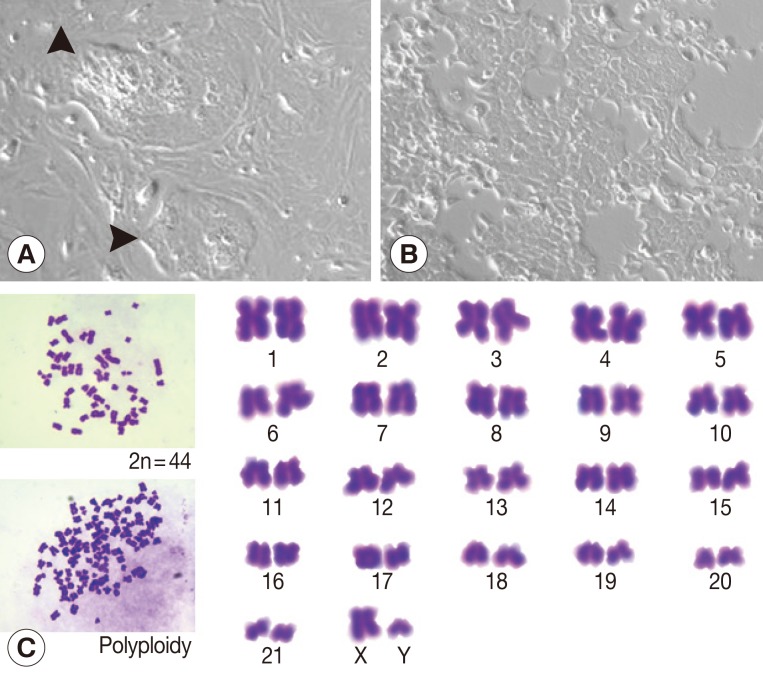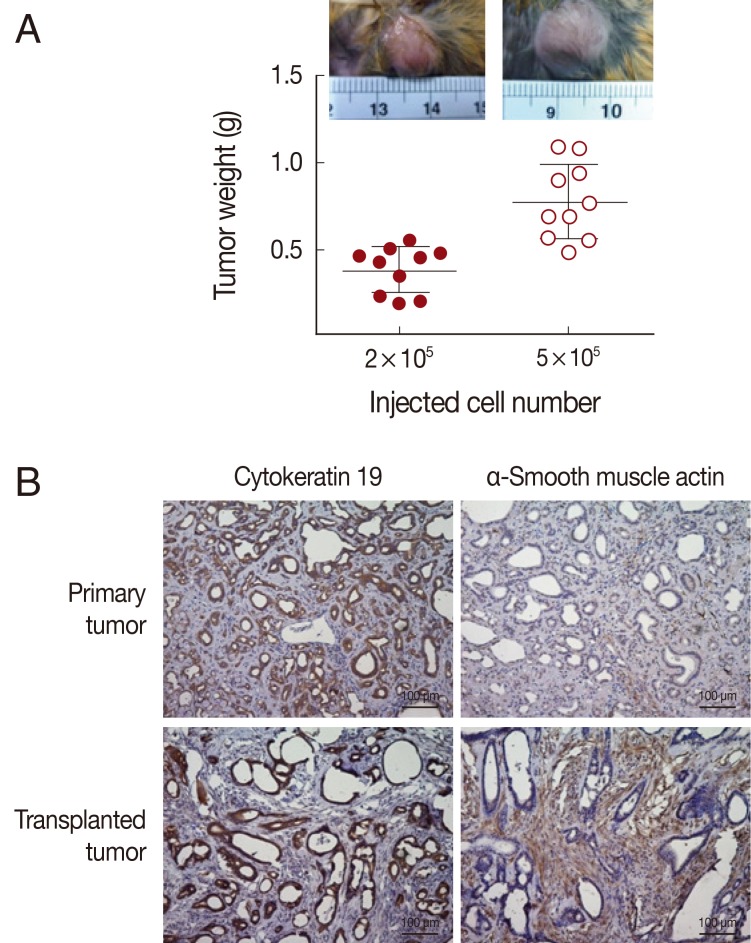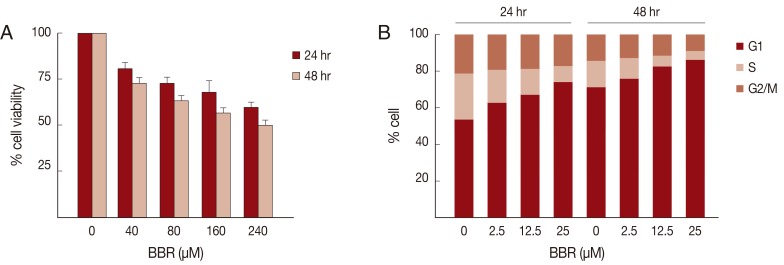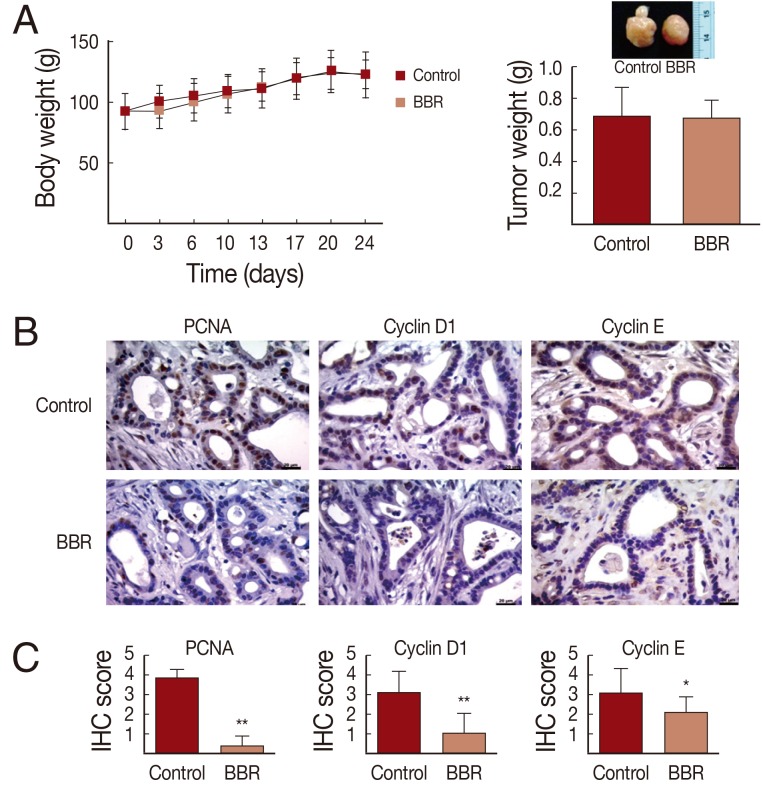1. Shin HR, Oh JK, Masuyer E, Curado MP, Bouvard V, Fang YY, Wiangnon S, Sripa B, Hong ST. Epidemiology of cholangiocarcinoma: an update focusing on risk factors.
Cancer Sci 2010;101:579-585.


2. Sripa B, Pairojkul C. Cholangiocarcinoma: lessons from Thailand.
Curr Opin Gastroenterol 2008;24:349-356.



3. Khan SA, Davidson BR, Goldin R, Pereira SP, Rosenberg WM, Taylor-Robinson SD, Thillainayagam AV, Thomas HC, Thursz MR, Wasan H. Guidelines for the diagnosis and treatment of cholangiocarcinoma: consensus document.
Gut 2002;51(suppl 6):VI1-VI9.

4. Morise Z, Sugioka A, Tokoro T, Tanahashi Y, Okabe Y, Kagawa T, Takeura C. Surgery and chemotherapy for intrahepatic cholangiocarcinoma.
World J Hepatol 2010;2:58-64.



5. Thamavit W, Bhamarapravati N, Sahaphong S, Vajrasthira S, Angsubhakorn S. Effects of dimethylnitrosamine on induction of cholangiocarcinoma in
Opisthorchis viverrini-infected Syrian golden hamsters.
Cancer Res 1978;38:4634-4639.

6. Boonjaraspinyo S, Wu Z, Boonmars T, Kaewkes S, Loilome W, Sithithaworn P, Nagano I, Takahashi Y, Yongvanit P, Bhudhisawasdi V. Overexpression of PDGFA and its receptor during carcinogenesis of
Opisthorchis viverrini-associated cholangiocarcinoma.
Parasitol Int 2012;61:145-150.


7. Prakobwong S, Khoontawad J, Yongvanit P, Pairojkul C, Hiraku Y, Sithithaworn P, Pinlaor P, Aggarwal BB, Pinlaor S. Curcumin decreases cholangiocarcinogenesis in hamsters by suppressing inflammation-mediated molecular events related to multistep carcinogenesis.
Int J Cancer 2011;129:88-100.


8. Pinlaor S, Sripa B, Ma N, Hiraku Y, Yongvanit P, Wongkham S, Pairojkul C, Bhudhisawasdi V, Oikawa S, Murata M, Semba R, Kawanishi S. Nitrative and oxidative DNA damage in intrahepatic cholangiocarcinoma patients in relation to tumor invasion.
World J Gastroenterol 2005;11:4644-4649.

9. Thanan R, Murata M, Pinlaor S, Sithithaworn P, Khuntikeo N, Tangkanakul W, Hiraku Y, Oikawa S, Yongvanit P, Kawanishi S. Urinary 8-oxo-7,8-dihydro-2'-deoxyguanosine in patients with parasite infection and effect of antiparasitic drug in relation to cholangiocarcinogenesis.
Cancer Epidemiol Biomarkers Prev 2008;17:518-524.


10. Boonmars T, Wu Z, Boonjaruspinyo S, Pinlaor S, Nagano I, Takahashi Y, Kaewsamut B, Yongvanit P. Alterations of gene expression of RB pathway in
Opisthorchis viverrini infection-induced cholangiocarcinoma.
Parasitol Res 2009;105:1273-1281.


11. Sawanyawisuth K, Silsirivanit A, Kunlabut K, Tantapotinan N, Vaeteewoottacharn K, Wongkham S. A novel carbohydrate antigen expression during development of
Opisthorchis viverrini-associated cholangiocarcinoma in golden hamster: a potential marker for early diagnosis.
Parasitol Int 2012;61:151-154.


12. Silsirivanit A, Araki N, Wongkham C, Pairojkul C, Narimatsu Y, Kuwahara K, Narimatsu H, Wongkham S, Sakaguchi N. A novel serum carbohydrate marker on mucin 5AC: values for diagnostic and prognostic indicators for cholangiocarcinoma.
Cancer 2011;117:3393-3403.


13. Flavell DJ, Lucas SB. Promotion of N-nitrosodimethylamine-initiated bile duct carcinogenesis in the hamster by the human liver fluke,
Opisthorchis viverrini.
Carcinogenesis 1983;4:927-930.


14. Seubwai W, Vaeteewoottacharn K, Hiyoshi M, Suzu S, Puapairoj A, Wongkham C, Okada S, Wongkham S. Cepharanthine exerts antitumor activity on cholangiocarcinoma by inhibiting NF-κB.
Cancer Sci 2010;101:1590-1595.


15. Imanshahidi M, Hosseinzadeh H. Pharmacological and therapeutic effects of
Berberis vulgaris and its active constituent, berberine.
Phytother Res 2008;22:999-1012.


16. Tang J, Feng Y, Tsao S, Wang N, Curtain R, Wang Y. Berberine and
Coptidis rhizoma as novel antineoplastic agents: a review of traditional use and biomedical investigations.
J Ethnopharmacol 2009;126:5-17.


17. Letasiová S, Jantova S, Cipak L, Muckova M. Berberine-antiproliferative activity in vitro and induction of apoptosis/necrosis of the U937 and B16 cells.
Cancer Lett 2006;239:254-262.


18. Hwang JM, Kuo HC, Tseng TH, Liu JY, Chu CY. Berberine induces apoptosis through a mitochondria/caspases pathway in human hepatoma cells.
Arch Toxicol 2006;80:62-73.


19. Mantena SK, Sharma SD, Katiyar SK. Berberine, a natural product, induces G1-phase cell cycle arrest and caspase-3-dependent apoptosis in human prostate carcinoma cells.
Mol Cancer Ther 2006;5:296-308.


20. He W, Wang B, Zhuang Y, Shao D, Sun K, Chen J. Berberine inhibits growth and induces G1 arrest and apoptosis in human cholangiocarcinoma QBC939 cells.
J Pharmacol Sci 2012;119:341-348.


21. Kaewkong W, Choochote W, Kanla P, Maleewong W, Intapan PM, Wongkham S, Wongkham C. Chromosomes and karyotype analysis of a liver fluke,
Opisthorchis viverrini, by scanning electron microscopy.
Parasitol Int 2012;61:504-507.


22. Tengchaisri T, Chawengkirttikul R, Rachaphaew N, Reutrakul V, Sangsuwan R, Sirisinha S. Antitumor activity of triptolide against cholangiocarcinoma growth in vitro and in hamsters.
Cancer Lett 1998;133:169-175.


23. Tengchaisri T, Prempracha N, Thamavit W, Boonpucknavig S, Sriurairatana S, Sirisinha S. Establishment and characterization of cell lines from liver fluke-associated cholangiocarcinoma induced in a hamster model. Southeast Asian J Trop Med Public Health 1995;26:231-239.
24. Jinawath N, Chamgramol Y, Furukawa Y, Obama K, Tsunoda T, Sripa B, Pairojkul C, Nakamura Y. Comparison of gene expression profiles between
Opisthorchis viverrini and non-
Opisthorchis viverrini associated human intrahepatic cholangiocarcinoma.
Hepatology 2006;44:1025-1038.







